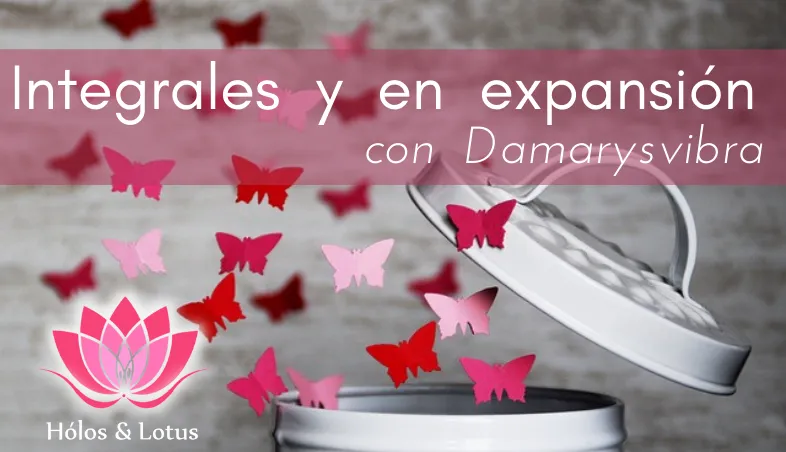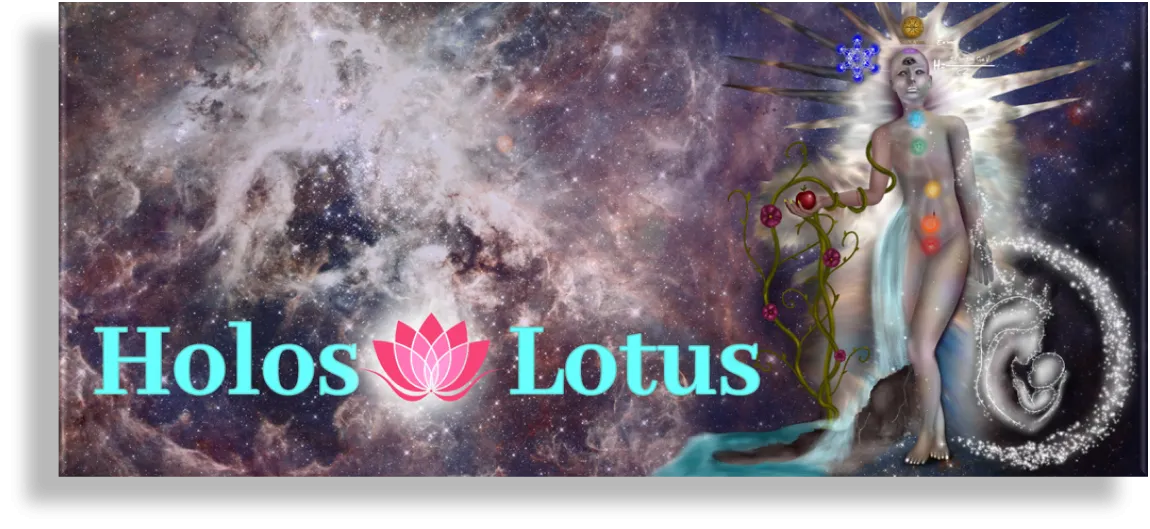
—Ese señor si es amable, tiene Don de gentes.
Don de gentes una expresión que tengo muchos años que no se la escucho a nadie, sin embargo, sigue tan vigente desde el día de su creación, para mi abuela, a quién se la escuchaba con frecuencia, era sinónimo de amabilidad y no estaba errada en su conceptualización porque cuando decimos que una persona es amable estamos valorando en ella lo “buena gente” que es, me parece que el sinónimos actual del viejo “Don de gentes”.

La amabilidad como valor social nace y crece en el hogar, también interviene en ella ciertas condiciones genéticas que hace que una persona sea de “naturaleza amable”, en ambos casos, ya de adultos conscientes, podemos cultivar este valor y así como aprendemos que las expresiones “Gracias y Por favor” son las palabras mágicas, la amabilidad es como una tela suave que viste las relaciones interpersonales llenando nuestro entorno de armonía y equilibrio.
La amabilidad tiene que ver con el amor, la cortesía, el dar y el recibir, el ayudar, el respeto, entre muchos otros valores. Si nos detenemos en cada uno de estos componentes encontramos que forman parte de los ingredientes de esa gran receta que llamamos felicidad y lo digo en sentido figurado porque sabemos que para la felicidad no hay receta única aunque los ingredientes, para muchos, sean los mismos sus cantidades varían de acuerdo a las necesidades y expectativas de cada quien. Hablemos de estos ingredientes:
1.- El amor: La verdad es que no vamos por allí diciéndole a las personas, con palabras, que las amamos, sin embargo, con nuestros gestos, actitudes, miradas mostramos y demostramos nuestro amor por la humanidad. Cuando le sonreímos a un extraño mirándolo a los ojos, cuando damos las gracias o los buenos días, cuando somos tolerantes, pacientes, receptivos hablamos con el lenguaje del amor y eso nos hace ser amables.
2.- La cortesía: la cortesía es más un lenguaje de gestos y acciones que de palabras. Ceder el paso a los demás, abrirle una puerta a alguien, apartarte para no obstruir, soltar el teléfono y prestarle atención a la persona que te habla, nos hacer ser corteses y por ende amables.
La cortesía, si se quiere es un concepto históricamente nuevo, viene de las cortes de la edad media pero estoy completamente segura que sus acciones han estado presente a lo largo de la civilización porque son gestos que expresan solidaridad, consideración y respeto al otro.

3.- El dar y el recibir. La idea del dar y recibir va muchos más allá de los conceptos utilitaristas de yo te doy y espero recibir algo a cambio, cual transacción mercantil. Cuando hablamos del dar como expresión de amabilidad hacemos referencia a la entrega desinteresada de algo que posees y que la otra persona requiere o necesita.
Si pensamos en los aspectos inmateriales de la vida, resulta más fácil comprender este dar, por ejemplo: un abrazo, una sonrisa, tiempo o atención cuando lo damos a la persona que lo necesita lo valorará inmensamente y al mismo tiempo que damos recibimos, porque esta valoración, que posiblemente se traduzca en agradecimiento, te produce bienestar y felicidad. En este sentido es tan importante dar como saber recibir, encontrar un equilibrio en ello es reconocer que también somos vulnerables y tenemos necesidades como cualquier otra persona.
Ahora bien, este recibir no tiene que ir en correspondencia con la persona a la que le has dado y allí radica su magia, en saber que al dar estamos abriendo los brazos al universo para recibir. Dar es una de las leyes espirituales y en ella se encuentra implícito el recibir.
4.- El ayudar. El ayudar trae consigo la solidaridad y el compromiso dos actitudes que cuando se hacen con buena disposición se convierten es uno de los gestos más amables que podemos tener con alguien. Se encuentra muy relacionado con el dar aunque el dar del que hablamos en el aparte anterior, es como quien dice más altruista, mientras que el ayudar unido al compromiso es más concreto y responde a una necesidad puntual.
Ser amables abre puertas para la comunicación, el entendimiento, las oportunidades. También es una actitud ante la vida que, como podemos ver, nos da muchas posibilidades para regalar a los demás y a nosotros mismos unas relaciones más nutritivas que nos llenen de satisfacción, equilibrio y bienestar.

De aquí nace la iniciativa que te traemos hoy ¿Cómo cultivas la amabilidad? En ella te invitamos a compartir aquellas acciones que realizas actualmente que te identifican como la persona amable que eres y que cada día te hace ser más “Buena Gente”.
Si lo deseas puedes ampliar tu contenido con estos otros aspectos:
• ¿Consideras que la gente es amable por naturaleza?
• ¿Has tenido alguna experiencia donde la amabilidad de alguien te haya sorprendido?
• ¿Qué nos recomendarías para lograr ser más amables?
Para publicar toma en cuenta lo siguiente:
• Publica en nuestra comunidad @holos-lotus
• La publicación debe tener mínimo 500 palabras
• Utiliza como primera etiqueta #amabilidad para ubicar tu post con facilidad.
• Coloca el enlace de tu publicación en los comentarios de este post
• Si es de tu gusto invita a un hiver amig@ a participar y rebloguea esta publicación para que llegue a más personas.
Gracias por participar. Te estaremos leyendo y comentando.
Gracias por ser y estar
@damarysvibra

-If that man is kind, he has people skills.
People skills is an expression that I have not heard from anyone for many years, however, it is still in force since the day of its creation, for my grandmother, who heard it frequently, it was synonymous of kindness and she was not wrong in her conceptualization because when we say that a person is kind we are valuing in her what "good people" she is, it seems to me that the current synonyms of the old "People skills".

Kindness as a social value is born and grows at home, it also involves certain genetic conditions that make a person to be of a "kind nature", in both cases, as conscious adults, we can cultivate this value and just as we learn that the expressions "Thank you and Please" are the magic words, kindness is like a soft fabric that dresses interpersonal relationships filling our environment with harmony and balance.
Kindness has to do with love, courtesy, giving and receiving, helping, respect, among many other values. If we dwell on each of these components we find that they are part of the ingredients of that great recipe we call happiness, and I say this figuratively because we know that there is no single recipe for happiness, although the ingredients, for many, are the same, their quantities vary according to the needs and expectations of each person. Let's talk about these ingredients:
1.- Love: The truth is that we do not go around telling people, with words, that we love them, however, with our gestures, attitudes, looks we show and demonstrate our love for humanity. When we smile at a stranger looking him in the eyes, when we say thank you or good morning, when we are tolerant, patient, receptive we speak with the language of love and that makes us be kind.
2.- Courtesy. courtesy is more a language of gestures and actions than of words. Giving way to others, opening a door for someone, moving aside so as not to obstruct, putting down the phone and paying attention to the person who is speaking to you, makes us courteous and therefore kind.
Politeness, if you will, is a historically new concept, it comes from the courts of the Middle Ages but I am completely sure that its actions have been present throughout civilization because they are gestures that express solidarity, consideration and respect for others.

3.- Giving and receiving. The idea of giving and receiving goes far beyond the utilitarian concepts of I give to you and expect to receive something in return, as a mercantile transaction. When we speak of giving as an expression of kindness we refer to the disinterested giving of something that you possess and that the other person requires or needs.
If we think about the immaterial aspects of life, it is easier to understand this giving, for example: a hug, a smile, time or attention when we give it to the person who needs it will value it immensely and at the same time that we give we receive, because this valuation, which possibly translates into gratitude, produces well-being and happiness. In this sense it is as important to give as to know how to receive, to find a balance in this is to recognize that we are also vulnerable and have needs like any other person.
Now, this receiving does not have to be in correspondence with the person to whom you have given and therein lies its magic, in knowing that by giving we are opening our arms to the universe to receive. Giving is one of the spiritual laws and receiving is implicit in it.
4.- Helping. Helping brings with it solidarity and commitment, two attitudes that when done with good disposition become one of the kindest gestures we can have with someone. It is closely related to giving, although the giving we talked about in the previous section is more altruistic, while helping, together with commitment, is more concrete and responds to a specific need.
Being kind opens doors for communication, understanding and opportunities. It is also an attitude towards life that, as we can see, gives us many possibilities to give others and ourselves more nourishing relationships that fill us with satisfaction, balance and well-being.

This is the origin of the initiative we bring you today: How do you cultivate kindness? In it we invite you to share those actions that you currently perform that identify you as the kind person that you are and that every day makes you more "Good People".
If you wish, you can expand your content with these other aspects:
Do you consider that people are kind by nature?
Have you had any experience where someone's kindness has surprised you?
What would you recommend us to be more kind?
To publish take into account the following:
Post in our community @holos-lotus
The publication must have a minimum of 500 words
Use #kindness as the first tag to easily locate your post.
Place the link of your post in the comments of this post.
If it is to your liking, invite a hiver friend to participate and reblog this post to reach more people
Thank you for participating. We will be reading and commenting.
Thank you for being and being
@damarysvibra
Translated with www.DeepL.com/Translator (free version)
Fuente de imágenes: 1 - 2

Si quieres ser parte activa de esta comunidad puedes escribir y compartir tu contenido en Holos & Lotus, comentar y apoyar las publicaciones de otros usuarios o realizar delegación de HP a la comunidad. Si deseas más información puedes contactar a @miriannalis, @yonnathang, @chaodietas o @pavanjr.
Banner elaborado en Canva con los elementos disponibles en su versión gratuita /
Banner elaborated in Canva with the elements available in its free version.
Banner de la Comunidad diseñada por la artista berlissanoja / Community
Logo de la Comunidad elaborado por el diseñador casilokodesign / Community logo designed by designer casilokodesign.



